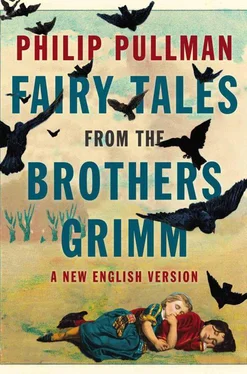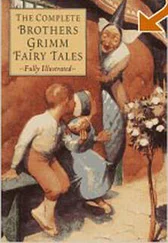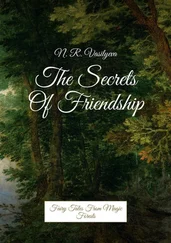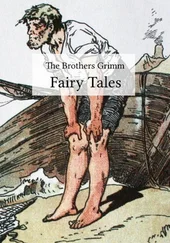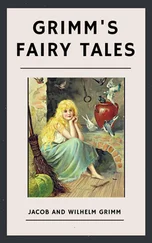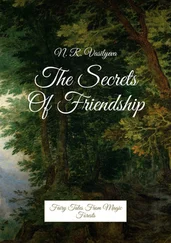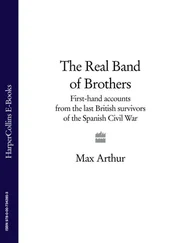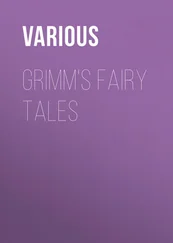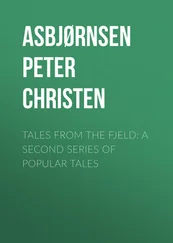‘Conventional stock figures’
There is no psychology in a fairy tale. The characters have little interior life; their motives are clear and obvious. If people are good, they are good, and if bad, they’re bad. Even when the princess in ‘The Three Snake Leaves’ inexplicably and ungratefully turns against her husband, we know about it from the moment it happens. Nothing of that sort is concealed. The tremors and mysteries of human awareness, the whispers of memory, the promptings of half-understood regret or doubt or desire that are so much part of the subject matter of the modern novel are absent entirely. One might almost say that the characters in a fairy tale are not actually conscious.
They seldom have names of their own. More often than not they’re known by their occupation or their social position, or by a quirk of their dress: the miller, the princess, the captain, Bearskin, Little Red Riding Hood. When they do have a name it’s usually Hans, just as Jack is the hero of every British fairy tale.
The most fitting pictorial representation of fairy-tale characters seems to me to be found not in any of the beautifully illustrated editions of Grimm that have been published over the years, but in the little cardboard cut-out figures that come with the toy theatre. They are flat, not round. Only one side of them is visible to the audience, but that is the only side we need: the other side is blank. They are depicted in poses of intense activity or passion, so that their part in the drama can be easily read from a distance.
Some of the characters in fairy tales come in sets of multiples. The twelve brothers in the story of that name, the twelve princesses in ‘The Shoes that were Danced to Pieces’, the seven dwarfs in the story of Snow White — there is little, if anything, to distinguish one from another. James Merrill’s reference to the commedia dell’arte is apposite here: the commedia character Pulcinella was the subject of a famous set of drawings by Giandomenico Tiepolo (1727–1804), depicting him not as a single character but as a swarm of identical nitwits. In one drawing there may be a dozen or more Pulcinellas all trying to make soup at the same time, or gazing in astonishment at an ostrich. Realism cannot cope with the notion of multiples; the twelve princesses who all go out every night and dance their shoes to pieces, the seven dwarfs all asleep in their beds side by side, exist in another realm altogether, between the uncanny and the absurd.
Celerity
Swiftness is a great virtue in the fairy tale. A good tale moves with a dreamlike speed from event to event, pausing only to say as much as is needed and no more. The best tales are perfect examples of what you do need and what you don’t: in Rudyard Kipling’s image, fires that blaze brightly because all the ashes have been raked out.
The opening of a tale, for example. All we need is the word ‘Once…’ and we’re off:
Once there was a poor man who couldn’t support his only son any more. When the son realized this, he said, ‘Father, it’s no use my staying here. I’m just a burden to you. I’m going to leave home and see if I can earn a living.’
(‘The Three Snake Leaves’)
A few paragraphs later, he’s already married a king’s daughter. Or this:
Once there was a farmer who had all the money and land he wanted, but despite his wealth there was one thing missing from his life. He and his wife had never had any children. When he met other farmers in town or at the market, they would often make fun of him and ask why he and his wife had never managed to do what their cattle did regularly. Didn’t they know how to do it? In the end he lost his temper, and when he got back home, he swore and said, ‘I will have a child, even if it’s a hedgehog.’
(‘Hans-my-Hedgehog’)
The speed is exhilarating. You can only go that fast, however, if you’re travelling light; so none of the information you’d look for in a modern work of fiction — names, appearances, background, social context, etc. — is present. And that, of course, is part of the explanation for the flatness of the characters. The tale is far more interested in what happens to them, or in what they make happen, than in their individuality.
When composing a tale of this sort, it’s not always easy to be sure about which events are necessary and which are superfluous. Anyone who wants to know how to tell a tale could do much worse than study ‘The Musicians of Bremen’, both a nonsensical little yarn and a masterpiece, in which the narrative carries not one unnecessary ounce. Every paragraph advances the story.
Imagery and description
There is no imagery in fairy tales apart from the most obvious. As white as snow, as red as blood: that’s about it. Nor is there any close description of the natural world or of individuals. A forest is deep, the princess is beautiful, her hair is golden; there’s no need to say more. When what you want to know is what happens next, beautiful descriptive wordplay can only irritate.
In one story, however, there is a passage that successfully combines beautiful description with the relation of events in such a way that one would not work without the other. The story is ‘‘The Juniper Tree’, and the passage I mean comes after the wife has made her wish for a child as red as blood and as white as snow. It links her pregnancy with the passing seasons:
One month went by, and the snow vanished.
Two months went by, and the world turned green.
Three months went by, and flowers bloomed out of the earth.
Four months went by, and all the twigs on all the trees in the forest grew stronger and pressed themselves together, and the birds sang so loud that the woods resounded, and the blossom fell from the trees.
Five months went by, and the woman stood under the juniper tree. It smelled so sweet that her heart leaped in her breast, and she fell to her knees with joy.
Six months went by, and the fruit grew firm and heavy, and the woman fell still.
When seven months had gone by, she plucked the juniper berries and ate so many that she felt sick and sorrowful.
After the eighth month had gone, she called her husband and said to him, weeping, ‘If I die, bury me under the juniper tree.’
This is wonderful, but (as I suggest in my note to the story) it’s wonderful in a curious way: there’s little any teller of this tale can do to improve it. It has to be rendered exactly as it is here, or at least the different months have to be given equally different characteristics, and carefully linked in equally meaningful ways with the growth of the child in his mother’s womb, and that growth with the juniper tree that will be instrumental in his later resurrection.
However, that is a great and rare exception. In most of these tales, just as the characters are flat, description is absent. In the later editions, it is true, Wilhelm’s telling became a little more florid and inventive, but the real interest of the tale continues to be in what happened, and what happened next. The formulas are so common, the lack of interest in the particularity of things so widespread, that it comes as a real shock to read a sentence like this in ‘Jorinda and Joringel’:
It was a lovely evening; the sun shone warmly on the tree trunks against the dark green of the deep woods, and turtledoves cooed mournfully in the old beech trees.
Suddenly that story stops sounding like a fairy tale and begins to sound like something composed in a literary way by a Romantic writer such as Novalis or Jean Paul. The serene, anonymous relation of events has given way, for the space of a sentence, to an individual sensibility: a single mind has felt this impression of nature, has seen these details in the mind’s eye and written them down. A writer’s command of imagery and gift for description is one of the things that make him or her unique, but fairy tales don’t come whole and unaltered from the minds of individual writers, after all; uniqueness and originality are of no interest to them.
Читать дальше
